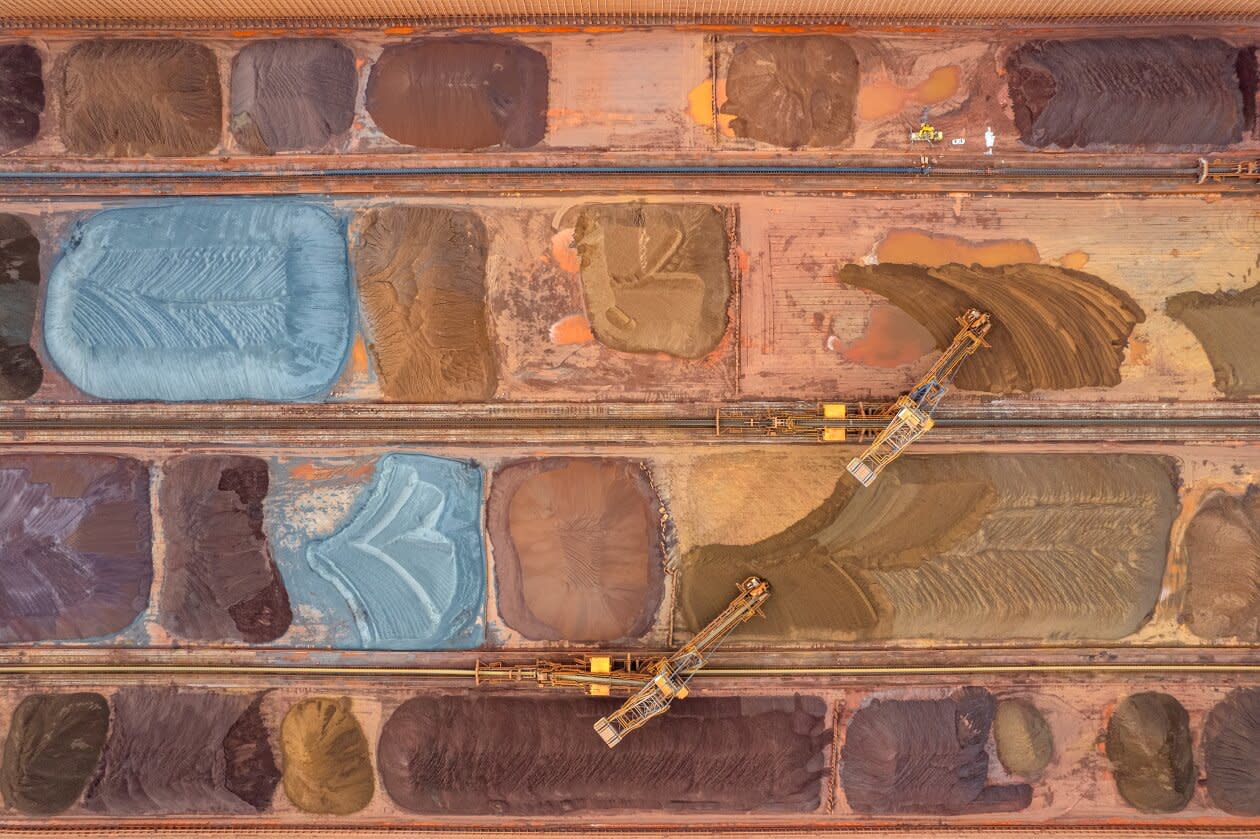Precious metals have been in the investment spotlight in recent weeks.
We’ve seen gold staying in record-high territory, and copper’s reached levels not seen for a while. Nickel, lithium, and diamonds on the other hand have all suffered from oversupply and falling demand.
But what does this mean for the fortunes of miners, what are the key trends driving interest in precious metals, and where are the opportunities?
This article isn’t personal advice. If you’re not sure an investment is right for you, seek advice. Investments and any income from them will rise and fall in value, so you could get back less than you invest. Past performance isn’t a guide to the future and ratios shouldn’t be looked at on their own.
Investing in an individual company isn’t right for everyone because if that company fails, you could lose your whole investment. If you cannot afford this, investing in a single company might not be right for you. You should make sure you understand the companies you’re investing in and their specific risks. You should also make sure any shares you own are part of a diversified portfolio.
What drives performance in the mining sector?
Costs are a big factor for mining stocks, as is the price of the metal in the open market.
Just like any industry, if you can sell something for a higher price than you could last week, that’s a good thing. But if costs rise at the same time, then any benefit can fall away.
A key metric for investors is a company’s all-in-sustaining cost. This looks at not just the operating costs, but also charges relating to keeping the mines up and running.
Some of the more nuanced factors are things like ore grade – how much of the ore is rock compared to metal. The higher the grade, the less rock you need to process, which saves money.
And then there’s the production itself.
Miners often have high fixed costs, so when commodity prices are running hot, they want to operate at as close to max capacity as possible. But mines have to be maintained and expanded, which can lead to downtime.
You also can’t run a mine in the middle of a rainstorm, so weather plays an important role.
The ESG angle – not to be overlooked
Miners don’t really have the best history here, and the sector comes with relatively high Environmental, Social & Governance (ESG) risk by default.
Mining produces a lot of waste products and often has a big impact on local communities, so managing those two key risks is essential.
But it’s not all doom and gloom, new technology and a greater emphasis on good practices are starting to make a difference but some miners are making progress more quickly than others.
Gold’s boom
Gold’s had quite the run-up recently. A mix of heightened global tensions and stickier inflation than central banks would like has increased investor appetite for the so-called ‘safe-haven’ asset.
Gold ($ per troy ounce)
If gold prices can stay at higher, that would be good news for miners like Barrick Gold. We’ve already seen the benefits feed through in recent results, with higher realised gold prices helping offset some cracks elsewhere.
But this is a perfect reminder that price alone can’t guarantee performance. Higher costs have been an ongoing thorn in the side, and mine maintenance has caused some production weakness.
Barrick has a big, diversified, footprint and we think it’s one of the better options in the sector. If the gold price stays elevated, it has high-quality assets ready to benefit.
The base dividend looks well covered, but cost and production challenges will likely limit further variable payments. As always, no dividend is guaranteed.
Copper’s back
It’s not just gold that’s enjoyed a good time lately. Copper prices have surged back to levels not seen since midway through 2022.
The jump has in part come from hopes of a global recovery in manufacturing, but also a prediction that demand from new-energy applications will drive longer-term demand.
With what happens in China still up in the air, we wouldn’t be surprised to see ongoing volatility in the copper price. We think investors should think about the long-term growth drivers for copper. That mainly comes from the energy transition, given copper’s use in infrastructure from solar panels to energy storage.
Copper ($ per tonne)
The bigger miners are very aware of the long-term growth story. Just recently, we’ve seen BHP make a daring proposal to buy Anglo American, with the main attraction being its copper assets.
Expect to see more action like this in the merger & acquisition market as miners try grabbing assets that are already up and running.
We like Glencore as a way to gain exposure to the copper market, though for now, it’s only one part of the story. Glencore’s performance in recent years has been driven mainly by its coal portfolio. For some investors that might be a reason to stay away, but there are plans to spin off the coal operations in the next couple of years.
That would leave a mining operation heavily weighted toward copper, with smaller weightings in zinc and nickel. Even now, Glencore has one of the highest exposures to copper among the major UK miners. It’s an area of focus, backed up by investment – last year it allocated around half of its entire investment budget to copper.
Investors can’t ignore the recent bribery and market manipulation charges though. They might be related to legacy issues under old management, but work still needs to be done there to restore investor confidence.
Nickel’s nightmare
It wasn’t that long ago that nickel was being hailed as one of the absolute “must-haves” precious metals because of its use in electric vehicles (EVs). But since the 10-year peak in 2022, the price has fallen over 60%. Some major miners were even forced to write down the value of their nickel operations to reflect the lower prices.
The main reason for the sharp drop is oversupply. Indonesia is the world’s biggest producer and has been rapidly ramping up its output over the past decade. Western producers have done what they can to cut output but given the scale of the Indonesian operation, it’s barely made a dent.
Nickel ($ per tonne)
The EV market is also slowing, creating a demand issue. Early adopters' enthusiasm hasn’t quite translated to the broader consumer yet. So, there’s more work to do to convince consumers that EVs are reliable, and that the charging infrastructure is good enough to support everyone.
Most of the major UK miners have nickel operations, and many have been investing in the area to gain exposure to this future-facing metal. But it’s a small part of the pie.
More recent performance has given some hope, and it looks like the worst of the recent glut is behind us. The International Nickel Study Group still forecasts a supply surplus for 2024, but it’s expected to narrow.
This article is original Hargreaves Lansdown content, published by Hargreaves Lansdown. It was correct as at the date of publication, and our views may have changed since then. Investments rise and fall in value so investors could make a loss.
This article is not advice or a recommendation to buy, sell or hold any investment. No view is given on the present or future value or price of any investment, and investors should form their own view on any proposed investment. This article has not been prepared in accordance with legal requirements designed to promote the independence of investment research and is considered a marketing communication. Non-independent research is not subject to FCA rules prohibiting dealing ahead of research, however HL has put controls in place (including dealing restrictions, physical and information barriers) to manage potential conflicts of interest presented by such dealing. Please see our full non-independent research disclosure for more information.




